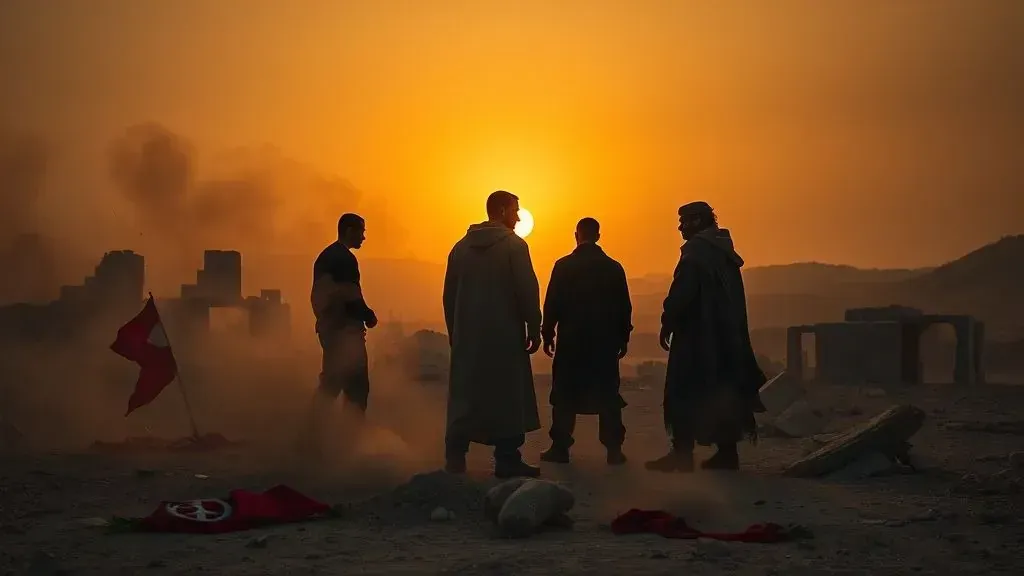
Clashes in Sweida: Violence Erupts in Druze City
Date Published
In a troubling escalation of violence in southern Syria, fighting broke out in the predominantly Druze city of Sweida. The clashes involved local fighters and Bedouin tribes, resulting in several deaths and injuries among civilians.
Reports indicate that at least eight individuals lost their lives during the conflict, with casualties including six Druze and two Bedouins. Eyewitness accounts suggest that the violence began unexpectedly and quickly intensified, prompting urgent responses from local authorities.
A preliminary report from local media stated that seven people were killed, including a child, with around 32 others wounded due to the armed confrontations in the Maqus neighborhood of Sweida city. Additionally, the Damascus-Sweida highway was closed as a safety measure against further violence.
The Syrian Observatory for Human Rights confirmed these figures while emphasizing the need for immediate intervention to restore peace. The situation has drawn significant attention as it marks a troubling resurgence of conflict in an area previously impacted by similar unrest earlier this year.
In April and May, clashes between Druze fighters and government troops had already resulted in dozens of fatalities. Community leaders had attempted to forge agreements to mitigate tensions and improve integration within the new government framework.
The ongoing strife reflects deep-seated issues between the Druze community—whose population is approximately 700,000—and the Bedouins in the region. Local governor Mustapha al-Bakour has urged citizens to exercise self-restraint and respond to national calls for reform amid rising violence.
As concerns about minority rights grow under current authorities, these developments underline an urgent need for dialogue and reconciliation among affected communities. The situation remains critical as local leaders work towards restoring stability and preventing further loss of life.
[TWITTER_EMBED: tweet_id]
Understanding these dynamics is crucial for grasping the broader implications of security and governance in post-conflict Syria.